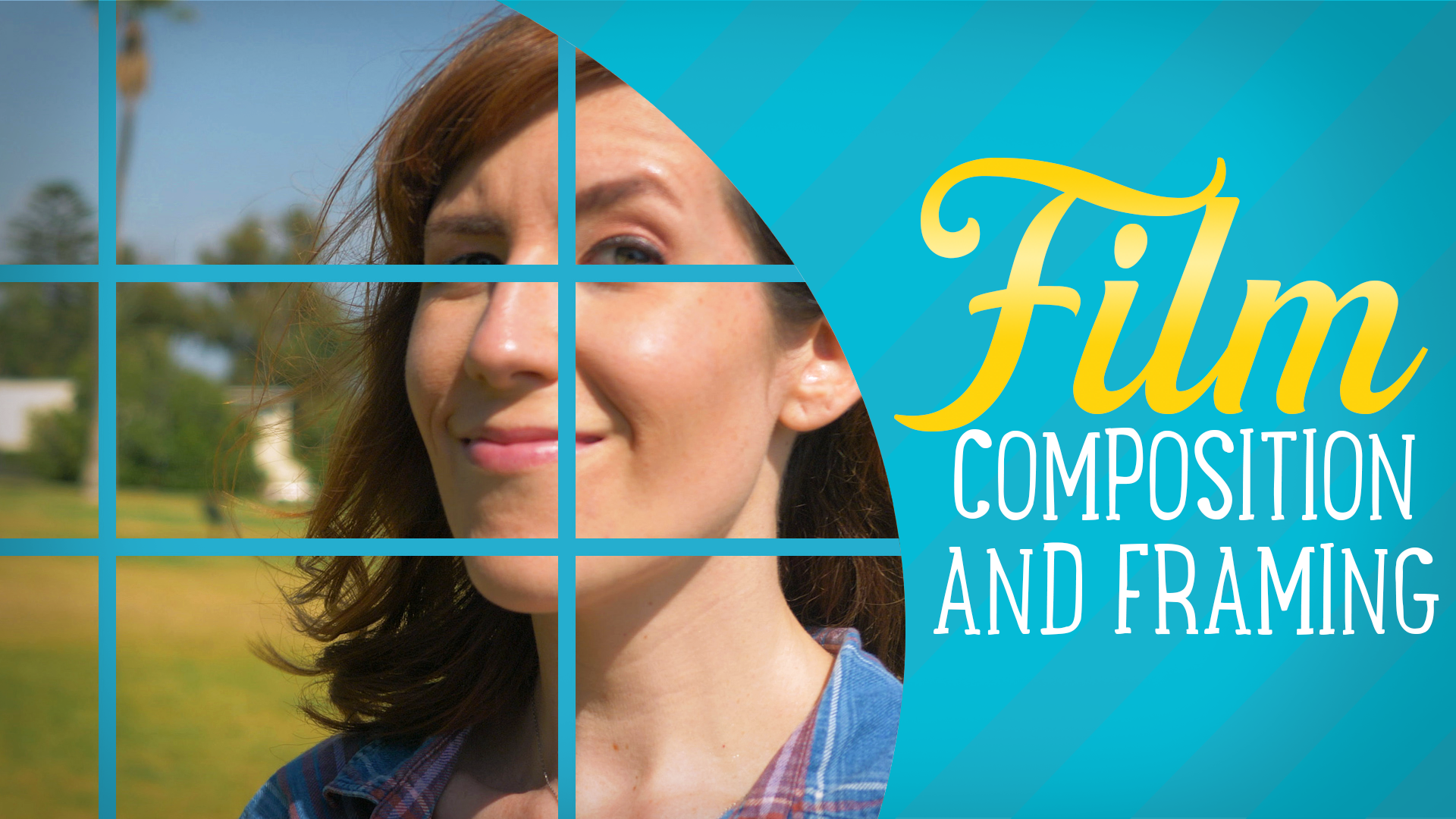Shot Composition And Framing For Film
Good composition in simplest terms is the arranging of subjects in your frame to form a pleasing image, and the keyword here is pleasing. So let’s go over some tips on how to compose your frame and when to break the rules.
First up is the rule of thirds. The rule of thirds divides your frame into a three by three grid to place your actor or subject on, to help guide the viewer's eye so they know where to focus. To do this, you want to place your actor on one of the two vertical lines, making sure their eye line is pointed towards the opposite vertical line. This gives what’s called “look space...” and feels far less crowded.
Next you want to make sure you place your actor’s eyes on the top horizontal line, so that their eyes fall around where the two lines intersect. This is visually pleasing and feels right to your audience. Now over time you’ll get a feel for doing this naturally, but if you want the extra guidance, most cameras will actually display the rule of thirds grid on your screen for you. You just have to enable it.
Next let’s talk about symmetry. Symmetry is when you place your subject in the exact center of your frame, allowing equal space either on the left and right or top and bottom.
This is a technique that Wes Anderson is especially famous for. By using this technique, you can not only focus the viewer’s attention but draw extra attention to your subject because they are placed in the very center of the frame. This is because the horizon lines lead straight to your subject. Images like this aren’t usually what we see in everyday life, so they can feel quirky, playful or surreal.
It can also be used to show a sense of scope or isolation for your characters when done in a wider shot, as they can appear small in the frame. Or if you want to draw your viewer’s attention inward towards something in the distance. When doing this technique, just make sure to place your actor or subject in the center of the grid, again with their eyes falling on the top horizontal line.
And speaking of Wes Anderson, next up let’s talk about flat verse dynamic framing. Flat framing means that there aren’t any horizon leading lines, and instead the image feels very flat due to the lack of depth in the shot. See how the background feels almost like a stage instead of the real world? This usually places all the focus on the actors as the foreground, midground, and background elements are lacking. Again this doesn’t feel natural so it gives the shot a whimsical surreal vibe.
On the other hand, shots with depth feel more like everyday life to us and usually have elements in the foreground, midground, and background that make the shot feel more expansive. Horizontal lines can also be present here to help give scope.
This is more natural to what we see in our everyday life and can also help to make the world of your film feel rich and real. Plus, once again by throwing elements in the foreground, midground, or background out of focus you can focus the viewer’s attention on characters or objects that are most important to the scene.
Next let’s get into the difference between a static shot vs a dynamic shot. Static shots, also known as locked off shots, are shots without any camera movement. Instead, actors and objects might enter and exit the frame. When shooting a static frame, composition is especially important as the audience is going to be able to take in all the details of the frame. Spend time thinking about your foreground, midground, and background elements in a static shot to make sure they all add up to tell the story you’re trying to tell.
Dynamic shots on the other hand are shots that have camera movement, and thus often are more interesting and exciting. These shots can really help us feel like we’re in the moment with the character and can even show us what they are seeing. Composition in these shots can shift can change, such as Spielberg does in his famous oner’s, shots where the camera and the actor move around to create a variety of different shot types.
Alright, now that you know the basics of good composition your shots are sure to please the eye!
My Filmmaking Resources:
➜ Learning How To Shoot Video From Home Course: https://linkedin-learning.pxf.io/OX9Jr
➜ All of my Filmmaking equipment: https://www.amazon.com/shop/laughstashtv
➜ Get Free Filmmaking Checklists through my newsletter: https://mailchi.mp/e071707aca31/fiy
➜ Get my Filmmaking Templates on Patreon: https://www.patreon.com/FIY
➜ Learn how to be a successful YouTuber: https://linkedin-learning.pxf.io/BbBN4
➜ Rent gear like a pro on BorrowLenses: http://shrsl.com/29h7t
➜ Get $10 off of Subtitles and Captions for your videos: https://www.rev.com/blog/coupon/?ref=...
*This post contains affiliate links which give me a small commission once clicked on.










